Case Number : Case 2981 - 9 December 2021 Posted By: Saleem Taibjee
Please read the clinical history and view the images by clicking on them before you proffer your diagnosis.
Submitted Date :
82M Curettage pigmented lesion right nostril



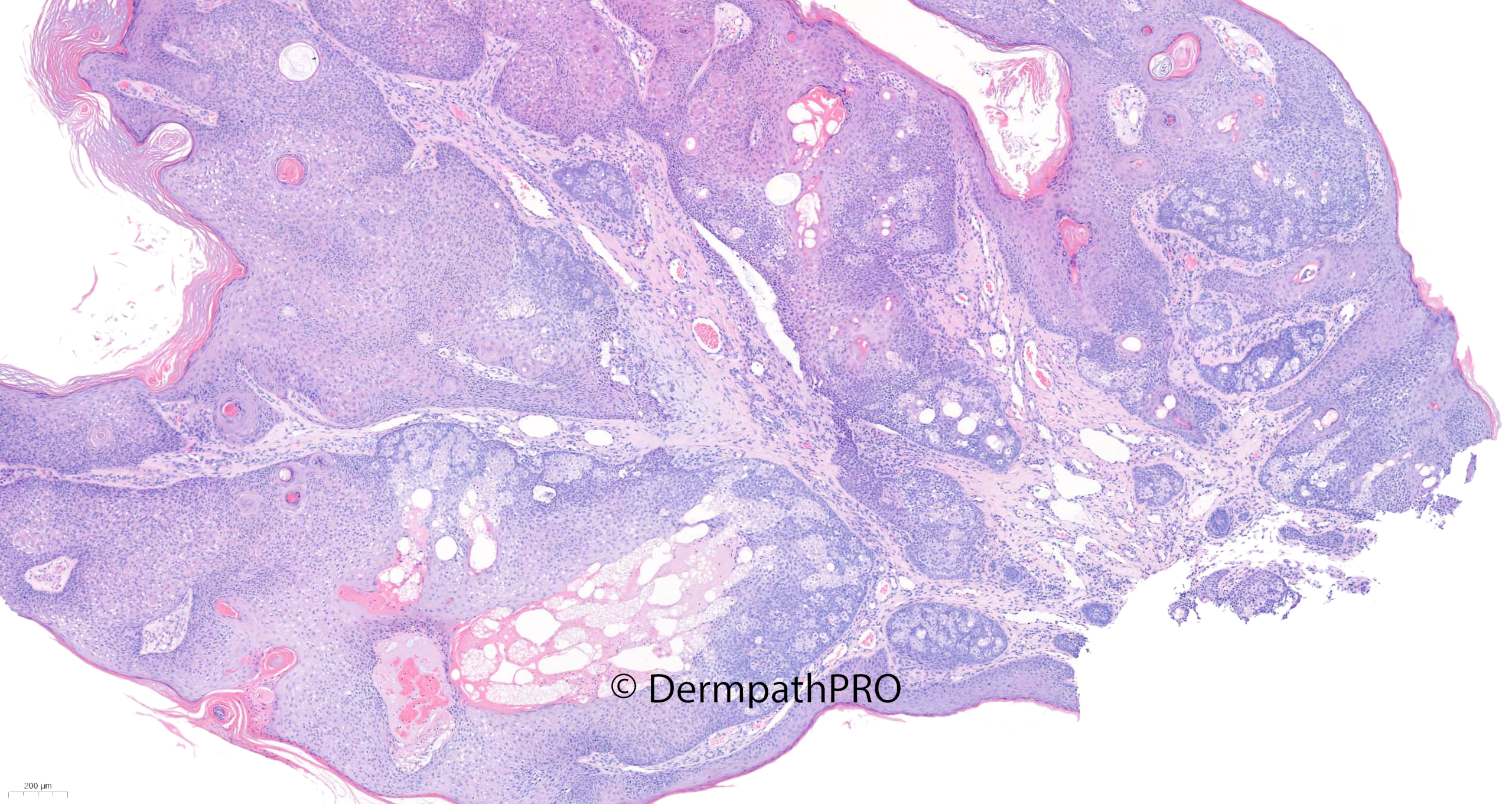

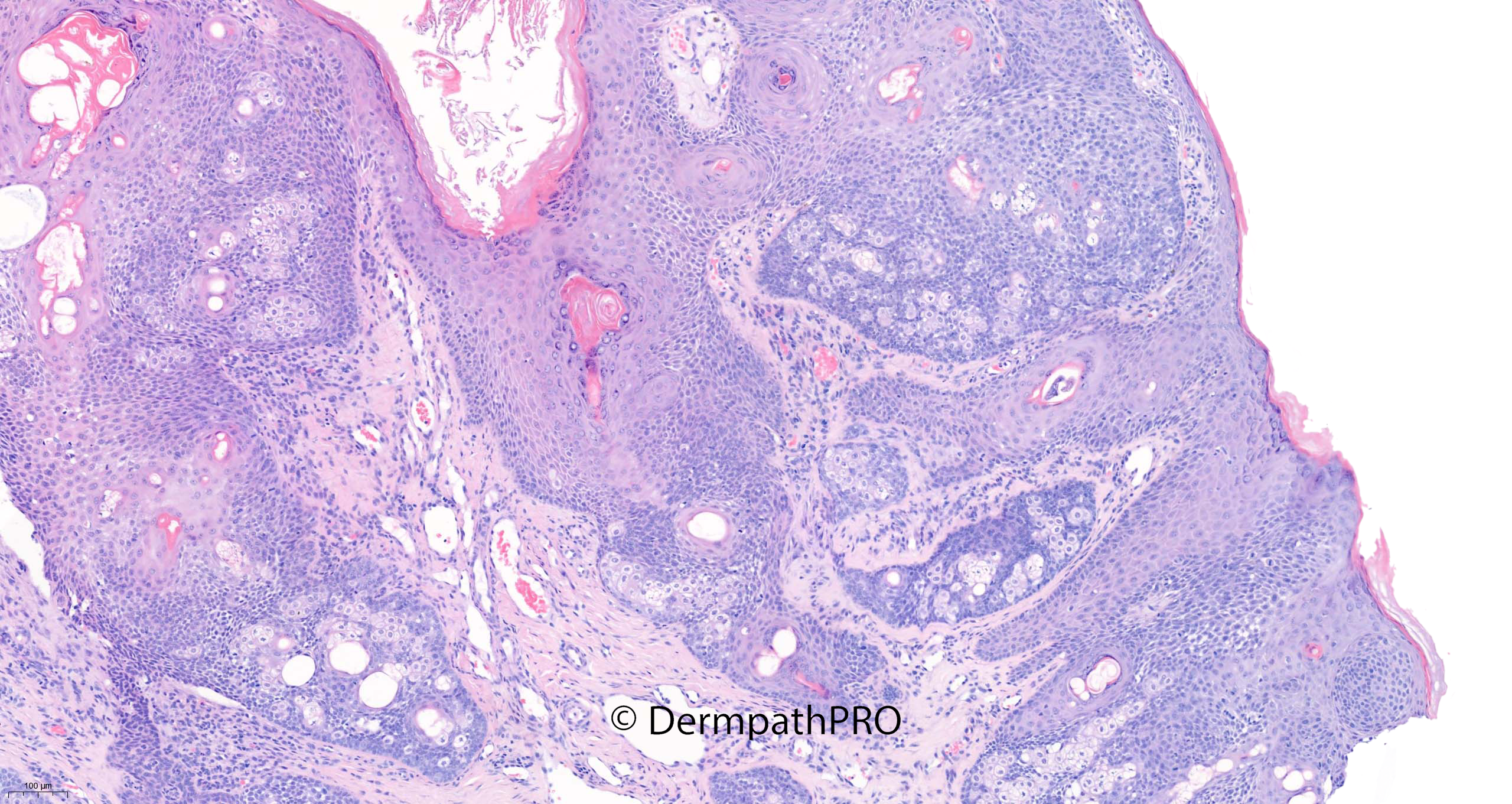
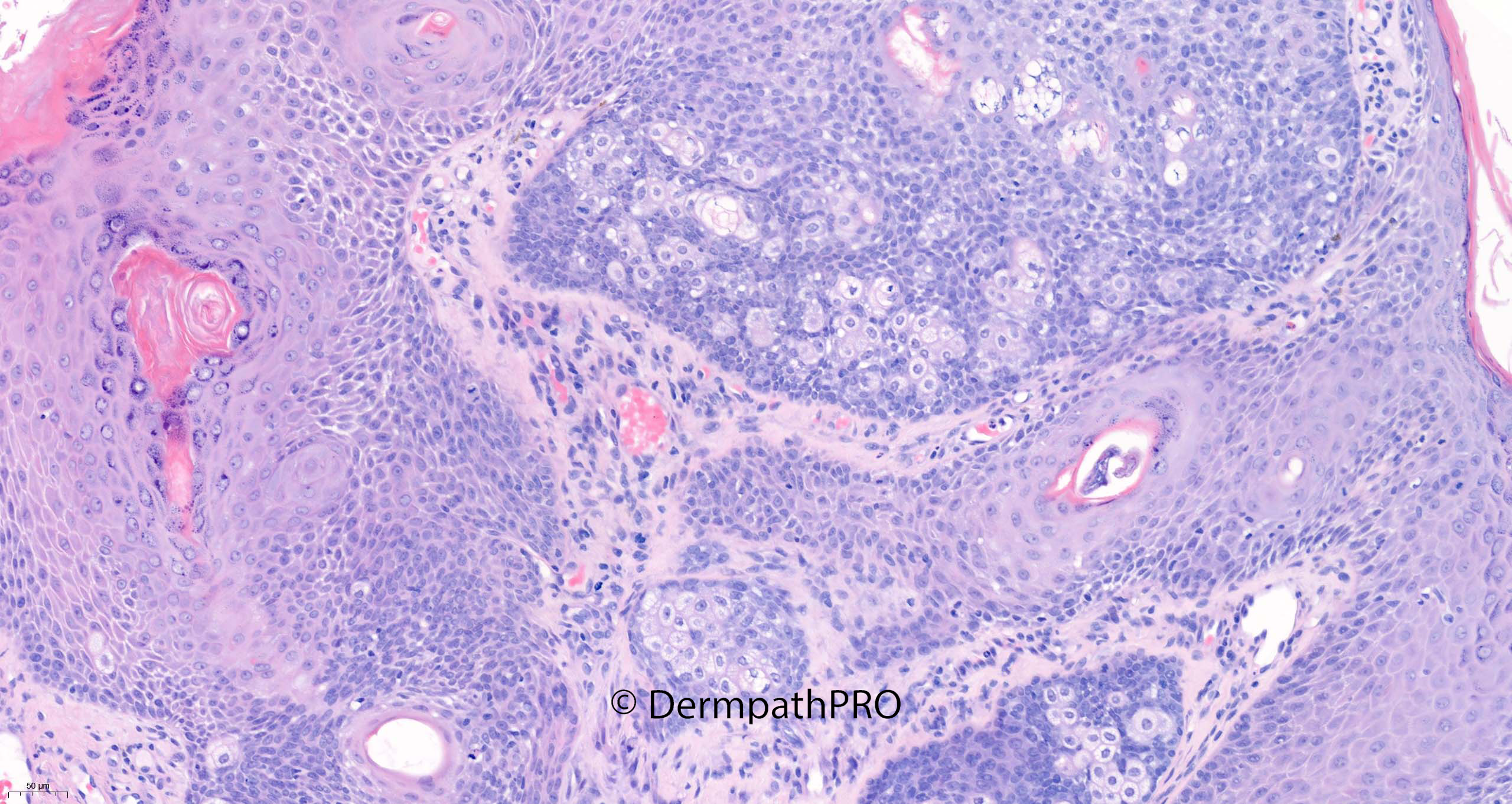
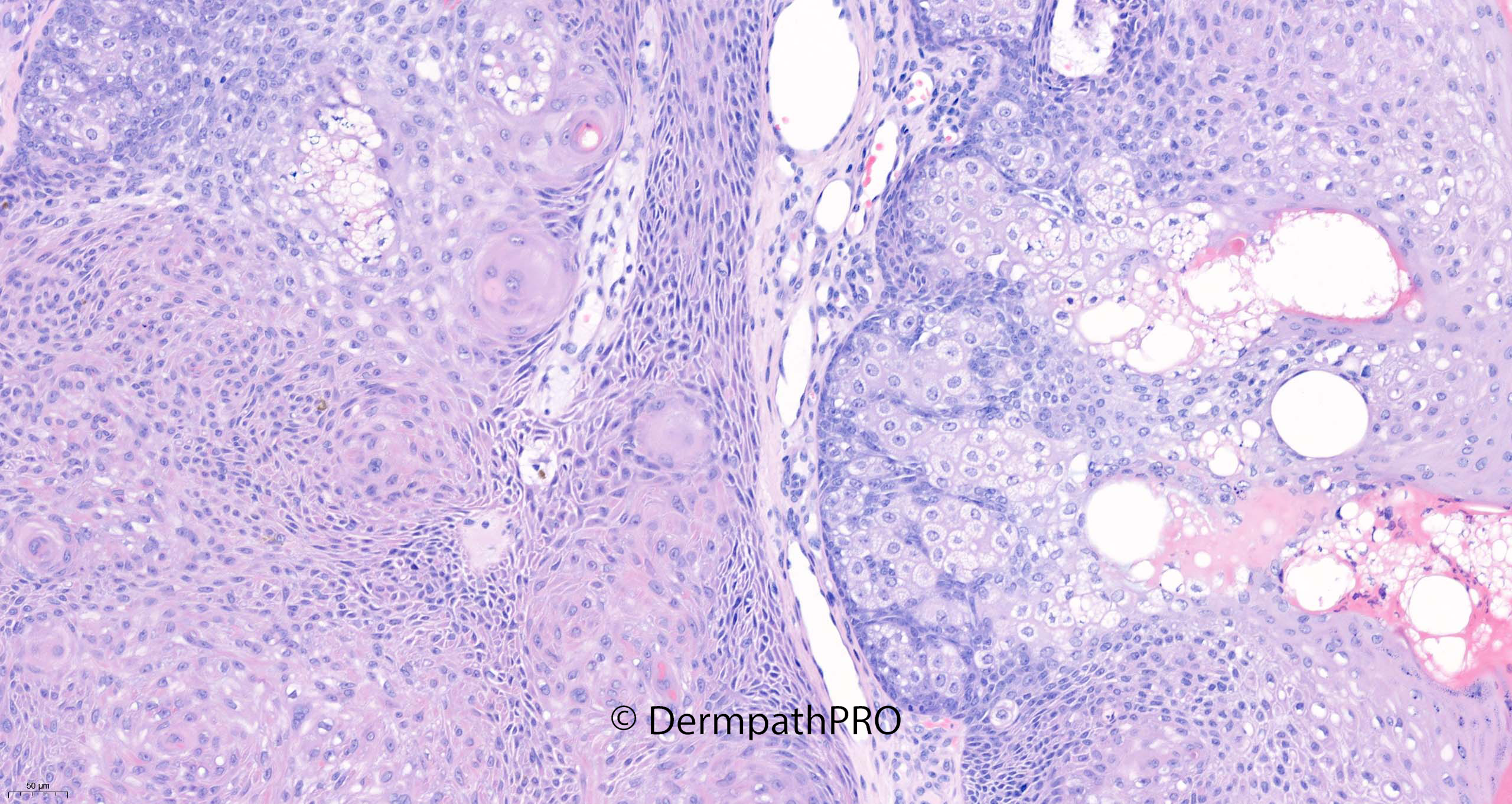

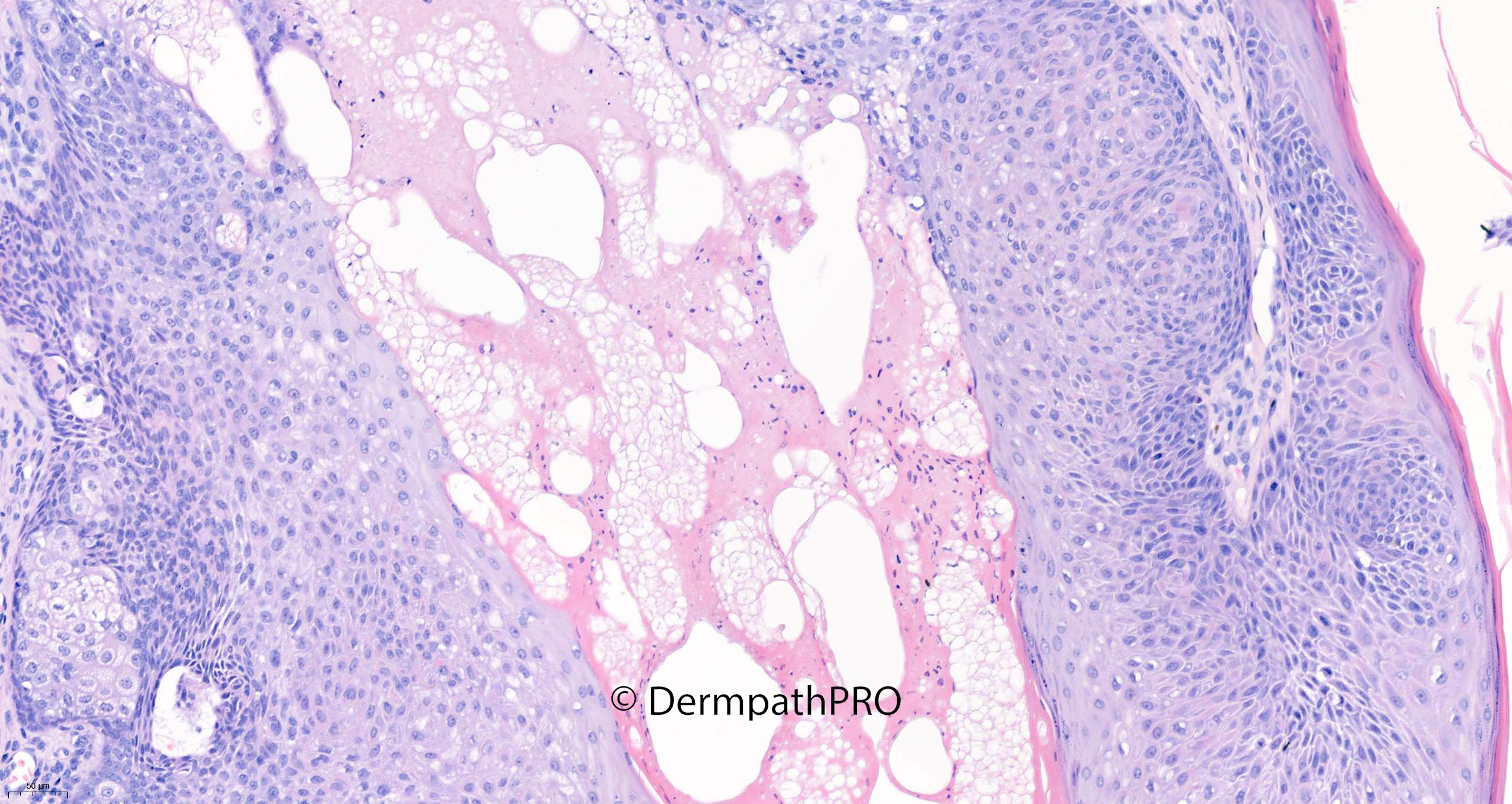
Join the conversation
You can post now and register later. If you have an account, sign in now to post with your account.